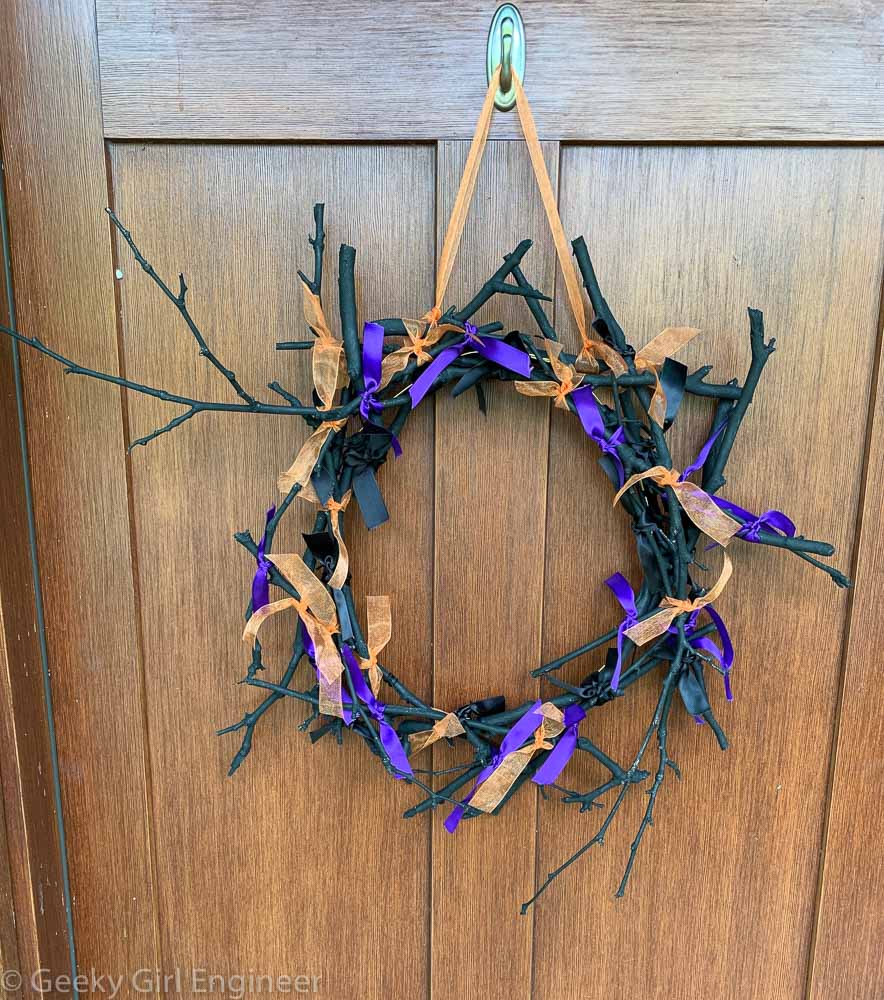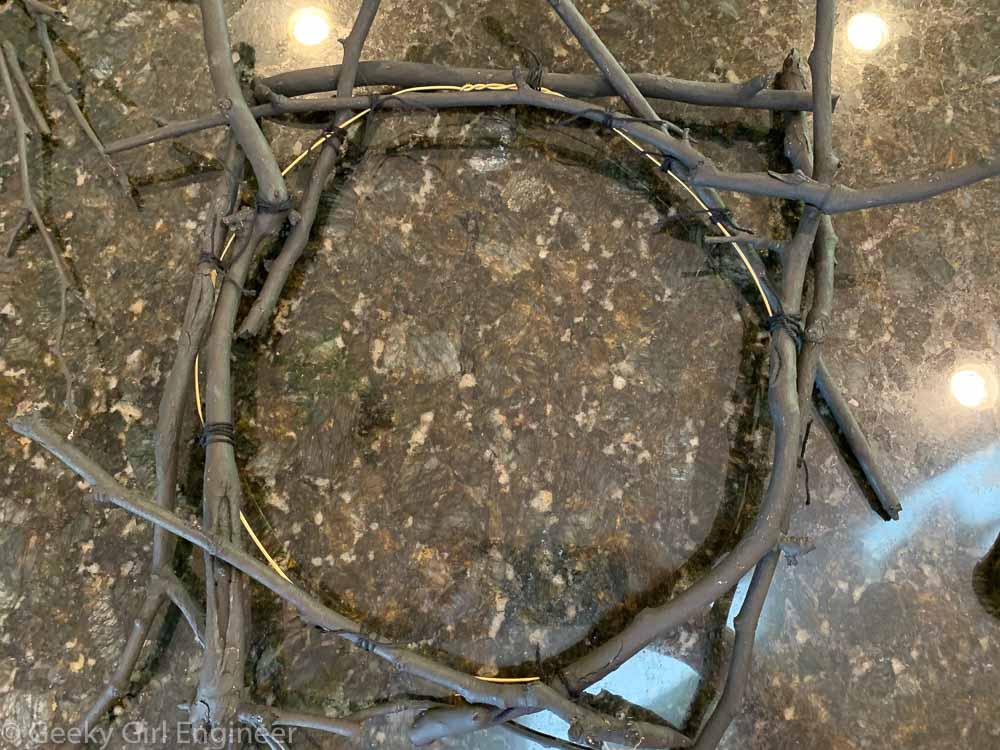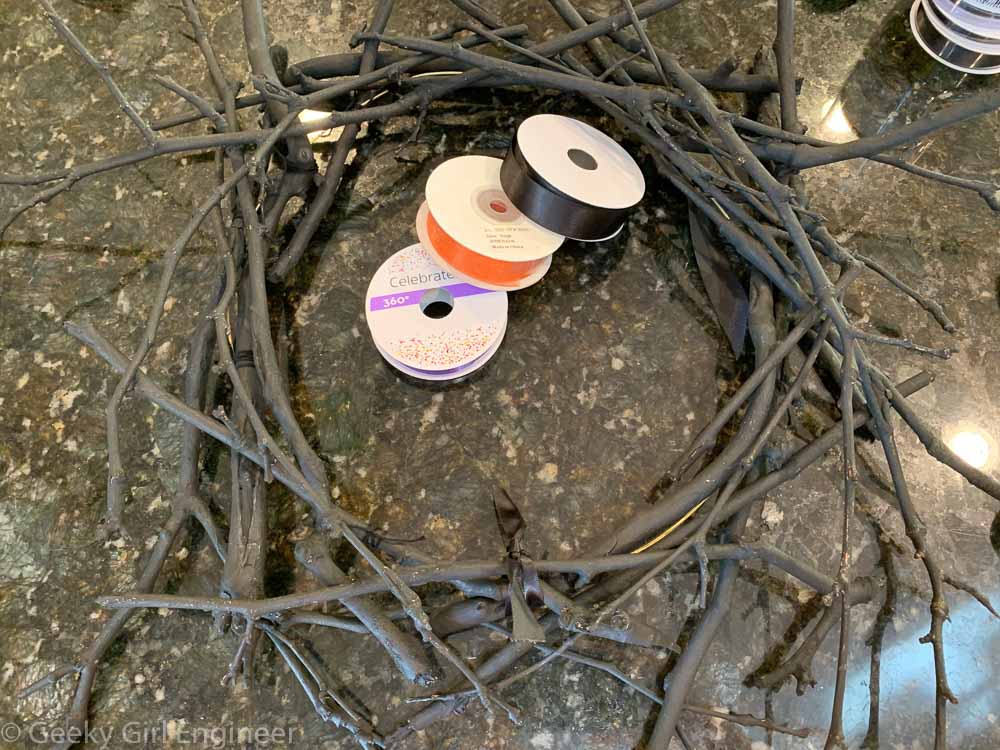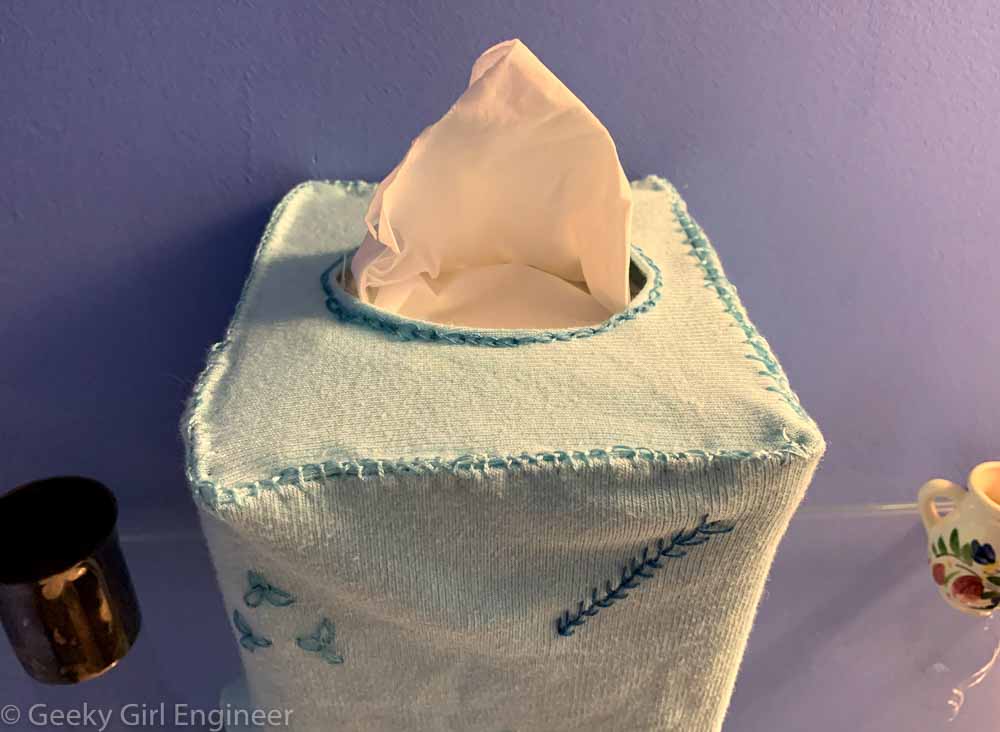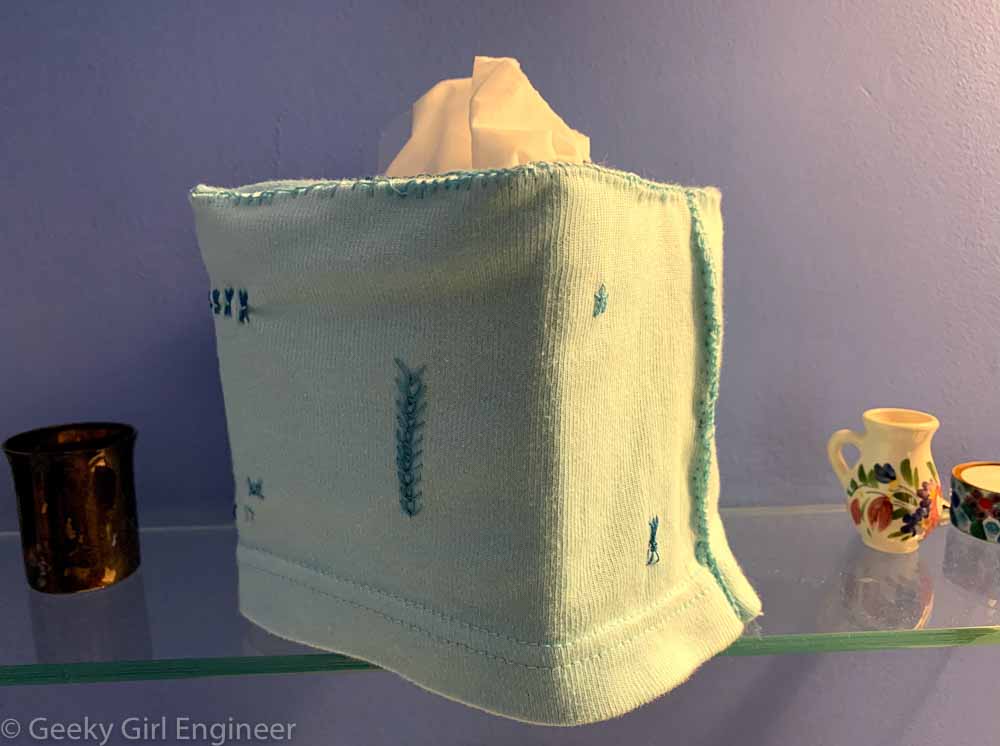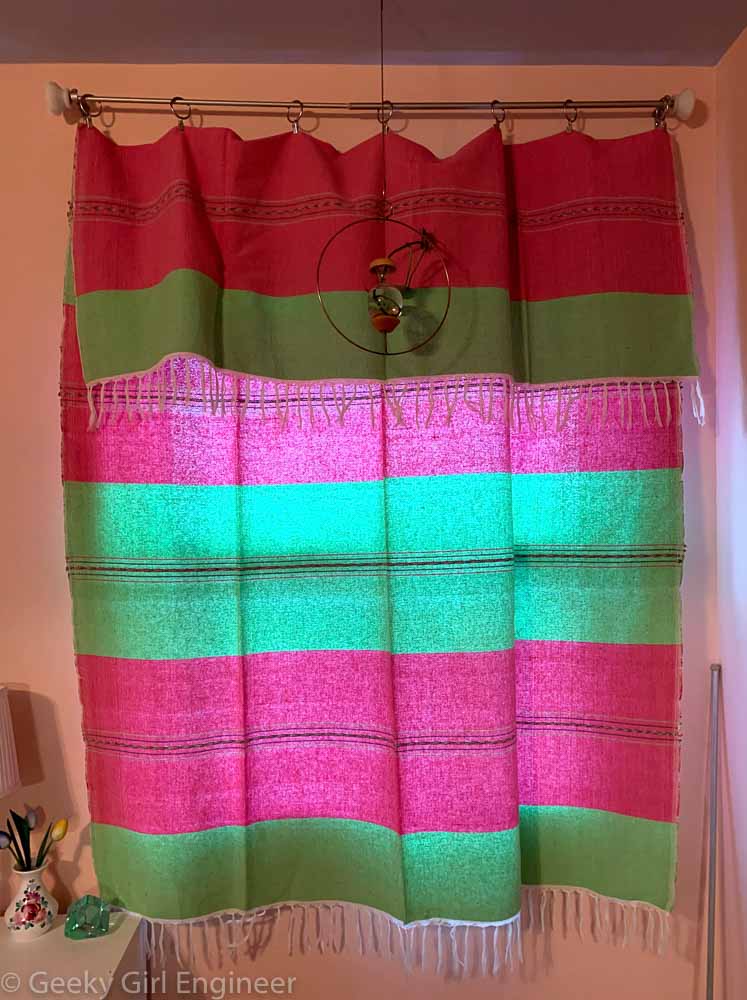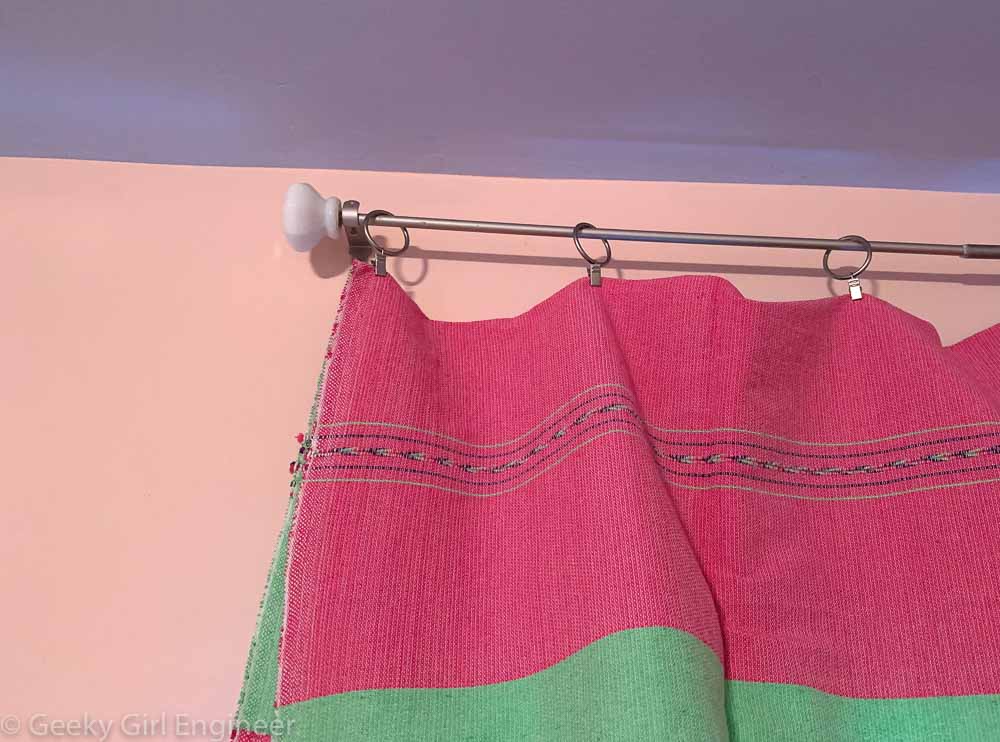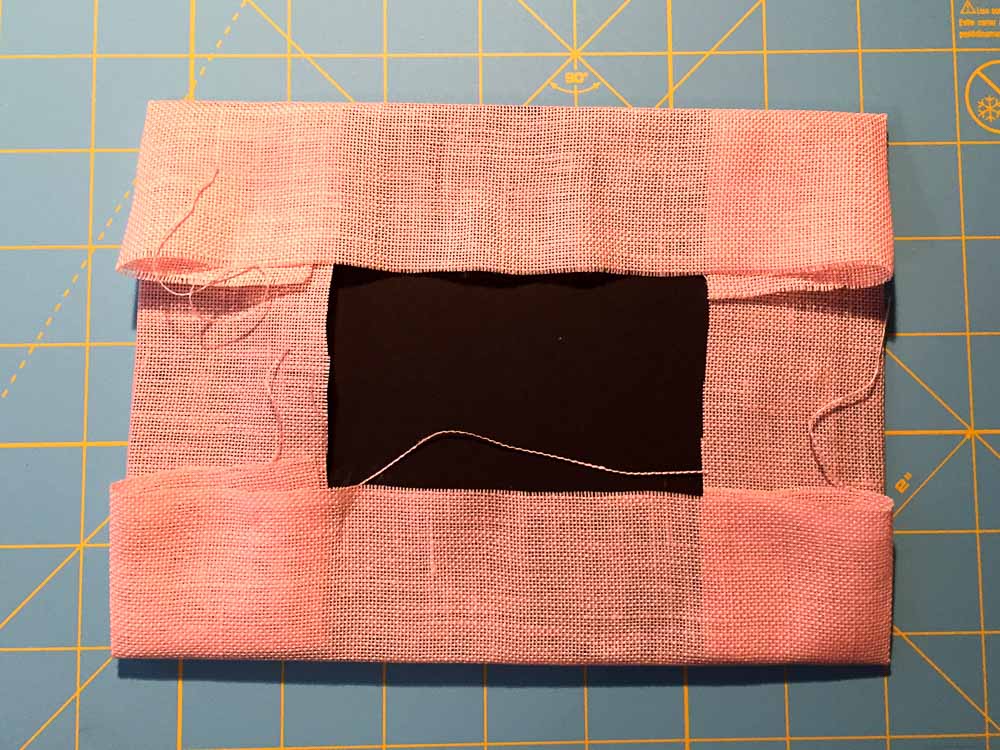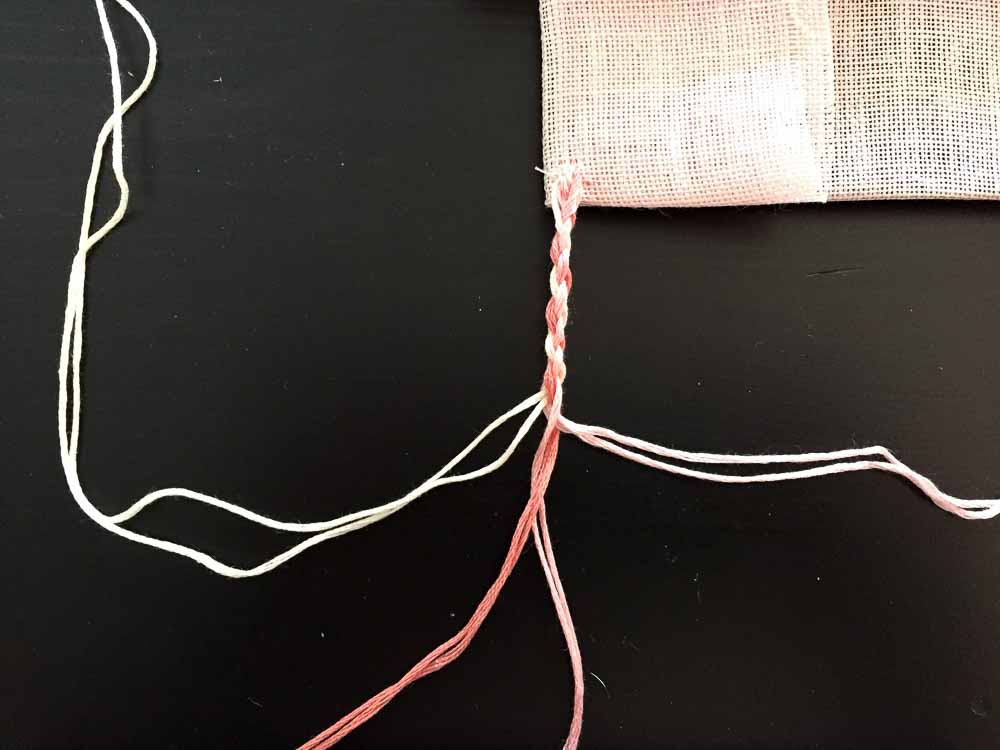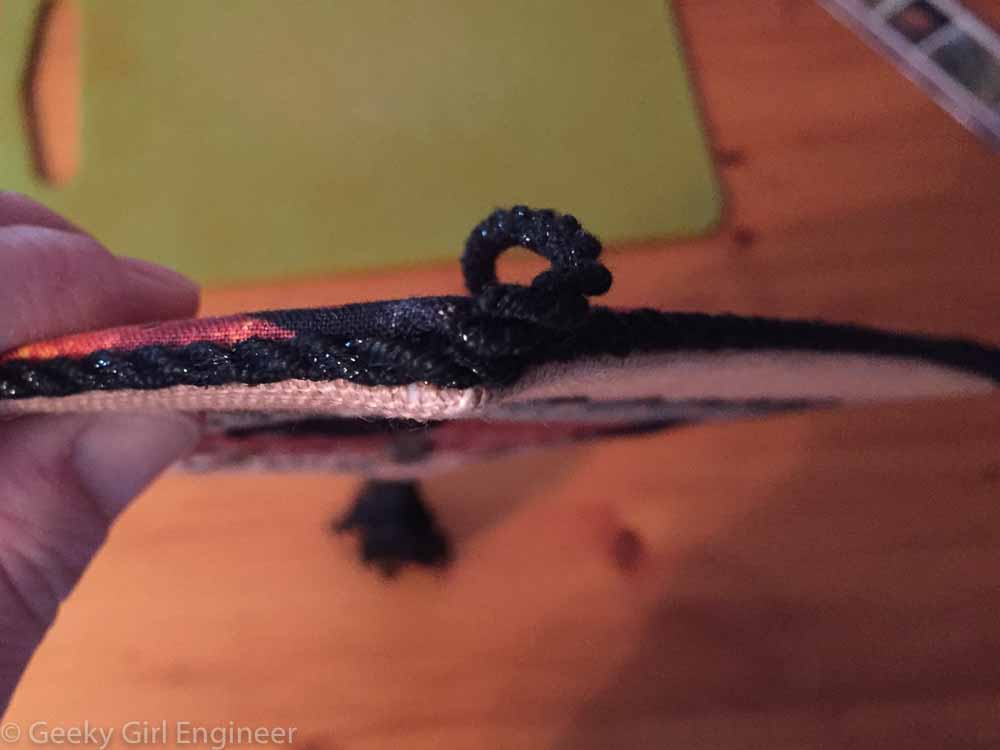Like many, my neighborhood likes to decorate for Halloween. I never have before, except for maybe putting a couple of pumpkins on my door step. This year, since like most people, I am home mostly, I decide to decorate a bit. I really wanted to create a Halloween wreath, but I didn’t like the store bought ones that are rather gaudy and mainly plastic. I decided to create a rather simple wreath mainly with materials I already have. I am rather happy with the way it came out, and here it is hanging on my front door.
It was fairly easy to make. First, I went into my yard and gathered a bunch of twigs that were relatively smooth. As there is a large sycamore in my yard, and sycamores are famously self-pruning, so finding nice smooth twigs was easy.
Then I painted the twigs black with acrylic paint. I found some thick, but pliable wire in my boxes of crafting supplies and used it to form a ring about a foot in diameter. Then I bought some black yarn.
Next, I used the yarn to tie some of the thicker twigs onto the wire to form the wreath base.
I kept adding the twigs, and I started using black ribbon to tie the smaller twigs to the base twigs. I wanted the black ribbon to visible but not the yarn.
Then I embellished with orange and purple ribbon. I also used this extra ribbon to tighten how the twigs were tied together.

